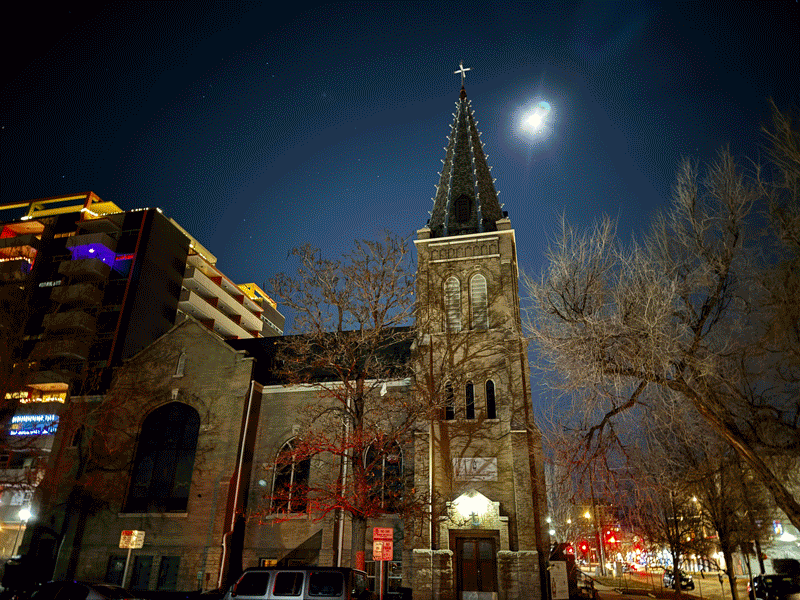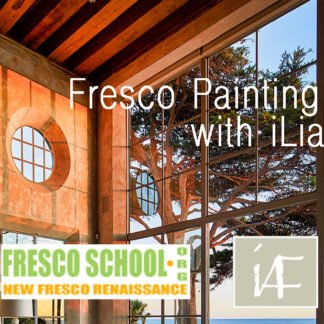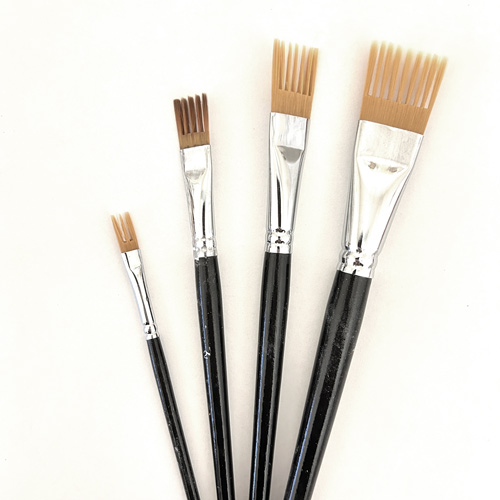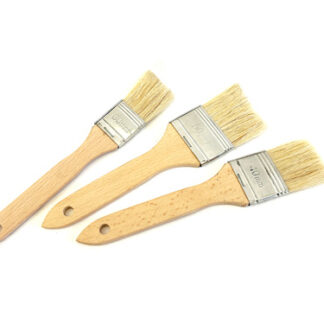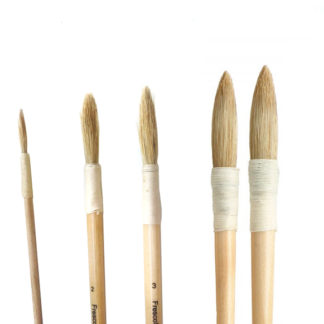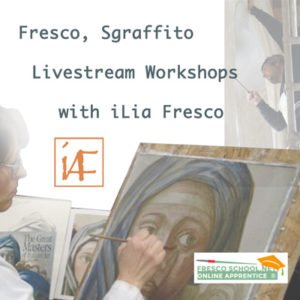Sgraffito (Italian: [zɡrafˈfiːto]; plural: sgraffiti; sometimes spelled scraffito) is a technique either of wall decor, produced by applying layers of plaster tinted in contrasting colors to a moistened surface, and then in either case scratching so as to reveal parts of the underlying layer. Sgraffito and sgraffiti come from the Italian word graffiare (“to scratch”), ultimately from the Greek γράφειν (gráphein, “to write”). Related terms include graffito and graffiti.
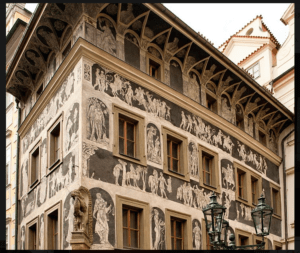
Fresco Sgraffito is an integral part of the classic architectural decor Trivium of Fresco – Sgraffito – Mosaic.
Similar to Fresco, Sgraffito on walls has been used by all civilizations that have used plasters in their building systems. In Europe we find examples of sgraffito since classical times. Fresco Sgraffito was greatly popularized in Italy in the 15th and 16th centuries. In combination with ornamental decoration these techniques formed an alternative to the prevailing painting of walls. The technical procedure is relatively simple, and the procedures are similar to the painting of frescoes.
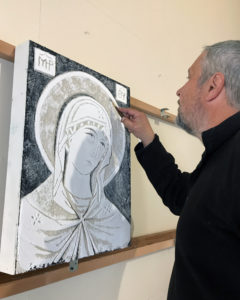
Sgraffito played a significant role during the years of the Renaissance in Italy, with two of Raphael’s workshop, Polidoro da Caravaggio and his partner Maturino da Firenze, among the leading specialists, painting palace facades in Rome and other cities. Most of their work has now weathered away.
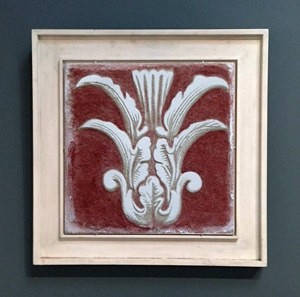
During the 16th century, the technique was brought to Germany by the master builders of the Renaissance and taken up with enthusiasm. As a simple native art, old examples of sgraffito can be found in the wide surroundings of Wetterau and Marburg. In Germany, the technique is most predominant in Bavaria.
The use of sgraffito was common in the creation of housing facades for the aesthetics and decoration as well as for the purposes of advertising. The technique was also used throughout Europe notably in Thuringia, the Engadin, Austria, Poland, Hungary, and Transylvania
.
In Catalonia, sgraffito was implemented in the early 20th century by the Noucentista neo-classical architects and became a recurrent technique in facade decoration.
Essentially from chemistry and application technique, fresco “wall” sgraffito (sgraffito on lime plaster) and Fresco Painting (see What is Fresco? article) is one and the same where design is carved as oppose to be painted. Often, sgraffito is combined with painting and mosaic within the same composition on the wall.

Start your Sgraffito and Fresco Journey – Join Fresco School, Get FS Membership!
Ongoing Fresco Sgraffito Cycle at St Augustine of Hippo, Denver CO (tools and materials supplied by the FrescoShop.com)
